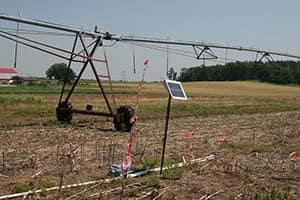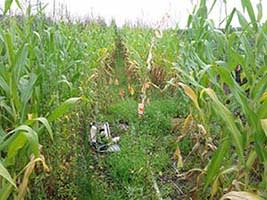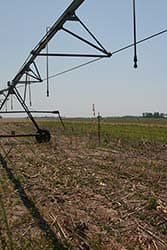土壤氧气浓度
Dr. Wendy Yang’s Global Change Ecology Lab, at the University of Illinois at Urbana-Champaign, is currently using the Apogee SO-110 oxygen sensor, with the optional diffusion head, for quasi-continuous measurements of bulk soil oxygen concentration in managed and natural ecosystems. Their quasi-continuous field measurements of soil oxygen has allowed them to correlate soil oxygen concentrations with process rates and determine how soil oxygen concentrations relate to precipitation and soil temperature, which can drive high biological oxygen demand to induce anoxia. The Apogee SO-110 allows Dr. Wendy Yang’s Global Change Ecology Lab to collect long-term data sets in the field without fear of compromising the sensors under harsh conditions, due to the sensors ability to withstand cold winter temperatures and wet conditions.


氧气是土壤中还原氧化反应的主要控制,可以导致甲烷和氧化亚氮的生产或消耗,有效的温室气体。曾经被认为是普遍的浸润或饱和的土壤(例如湿地)的洪水或饱和土壤等方法,然而,Wendy Yang的实验室博士已经记录了来自Undand Ecosystems的不饱和土壤中这些过程的重要性。它们的测量使它们能够将土壤氧浓度与工艺速率相关,并确定土壤氧浓度如何涉及沉淀和土壤温带,即使在饱和的土壤条件下也是如此。他们目前正在调查中西部农业领域的这些关系,以更好地了解当前的土地管理和历史土壤排水模式调解土壤温室气体排放。



